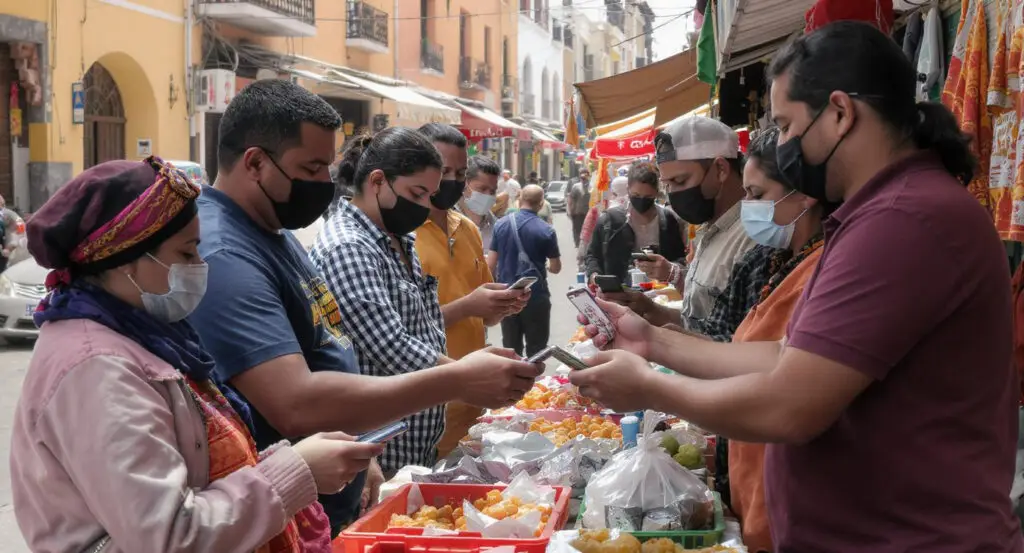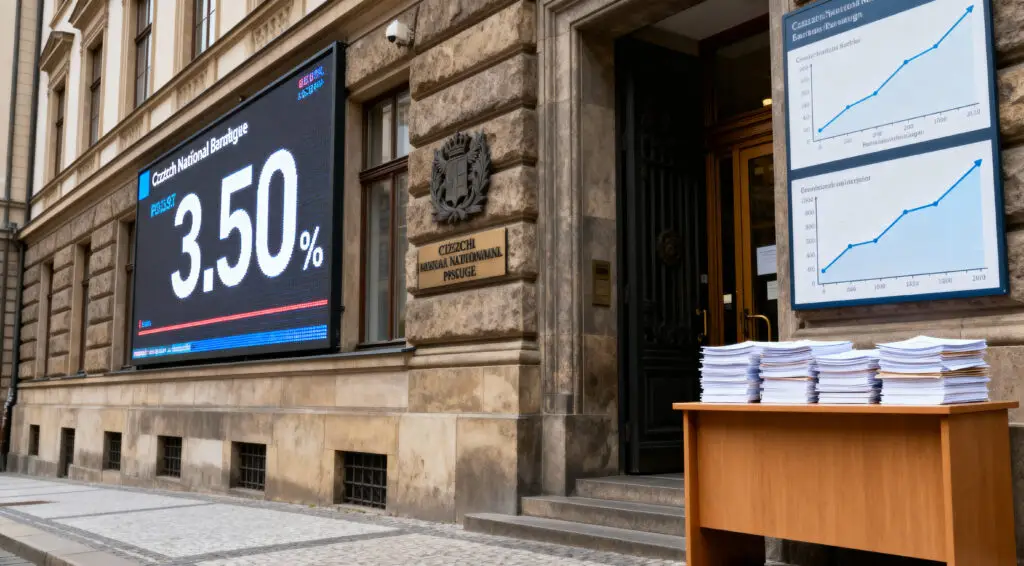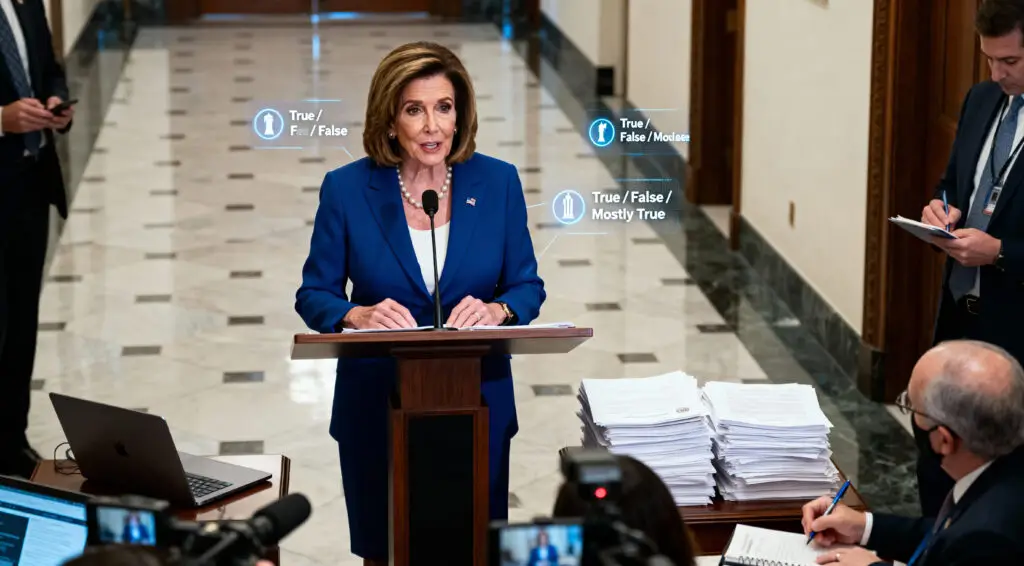Amid soaring inflation and crippling dollar shortages, Bolivians are increasingly turning to digital assets to preserve their dwindling purchasing power. According to a new report from Bolivia’s central bank, residents across the country are embracing cryptocurrencies like Bitcoin and stablecoins like Tether as both a hedge against the spiralling economy and a practical tool for everyday transactions.
In Cochabamba, Bolivia’s third-largest city, beauty salons are offering discounts for Bitcoin payments, and fried chicken can be bought via Binance accounts. ATMs in the city now allow customers to swap cash for cryptocurrencies, a vivid illustration of how digital assets are filling the void left by a faltering national currency.
Inflation and Dollar Shortages Fuel Digital Asset Boom
Bolivia’s economic crisis has intensified in recent months. Inflation is at its highest level in four decades, foreign currency reserves are nearly exhausted, and the black market exchange rate for the boliviano has seen the currency lose half its value since January. Although the government has kept the official exchange rate artificially stable, that hasn’t stopped Bolivians from seeking refuge in crypto markets.
The central bank’s latest figures show transactions using Electronic Payment Channels and Instruments for Virtual Assets skyrocketed from $46 million in the first half of 2024 to $294 million in the same period in 2025, a 530% surge. Since the country lifted its ban on crypto transactions in June 2024, total volumes have reached $430 million across more than 10,000 recorded transactions.
“These tools have facilitated access to foreign currency transactions, including remittances, small purchases, and payments, benefiting micro and small business owners across various sectors, as well as families nationwide,” the central bank said in a statement accompanying the report.
Crypto Growth Reflects Economic Desperation
While the embrace of digital assets might appear as a sign of technological progress, former central bank head Jose Gabriel Espinoza warns it’s more of a symptom of deepening economic distress. “This isn’t a sign of stability,” Espinoza said. “It’s more a reflection of the deteriorating purchasing power of households.”
Espinoza highlighted that while daily Tether (USDT) transaction volumes are around $600,000, that figure remains small compared to the $18 to $22 million transacted through Bolivia’s formal banking sector or the $12 to $14 million changing hands in the black market. “While crypto is growing, it’s still a nascent market,” he noted.
Binance Leads Despite Regulatory Cloud
Leading the crypto charge is Binance, which has become the most popular platform among Bolivians thanks to its low fees and peer-to-peer trading features. The exchange’s local popularity persists despite Binance’s own regulatory woes, including a $4.3 billion fine in 2023 after pleading guilty to violating anti-money laundering laws in the United States.
In Cochabamba, some shops and restaurants accept payments directly through customers’ Binance accounts or via Bitcoin ATMs connected to Blink, a crypto wallet developed in El Salvador. El Salvador famously became the first country to adopt Bitcoin as legal tender in 2021.
“If you go to the banks today, they don’t have dollars,” local resident Unzueta explained, emphasising the practical necessity of alternative financial tools. “The idea is to move away from the piggy bank and instead use this technology,” he added, highlighting the rapid adoption of digital payments as a means of survival.
Younger Generations Drive Adoption
Retailers who have adopted crypto payment options report a generational divide among their customers: younger Bolivians are eager to embrace digital assets, while older generations remain wary, preferring the familiarity of cash.
Meanwhile, Tether CEO Paolo Ardoino welcomed the growth of stablecoin use in Bolivia, sharing photos of store price tags listing goods in USDT. Ardoino suggested the trend could open the doors for stablecoins to become mainstream in Latin America’s retail economy, offering a more stable alternative to volatile local currencies.
Regulatory Efforts Underway
In response to the country’s digital asset boom, the Bolivian government is drafting a comprehensive framework for fintech companies, aiming to align its financial regulations with standards set by the Financial Action Task Force of Latin America.
As Bolivia’s economic crisis deepens, the rush into crypto is not only reshaping how Bolivians transact but also forcing authorities to grapple with the challenges and opportunities of digital finance in an increasingly uncertain future.























